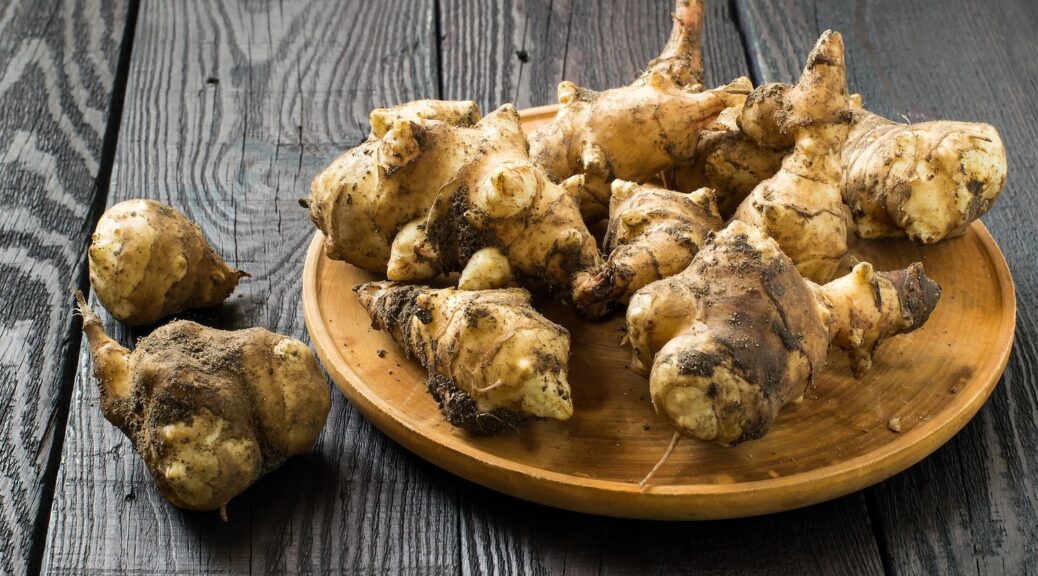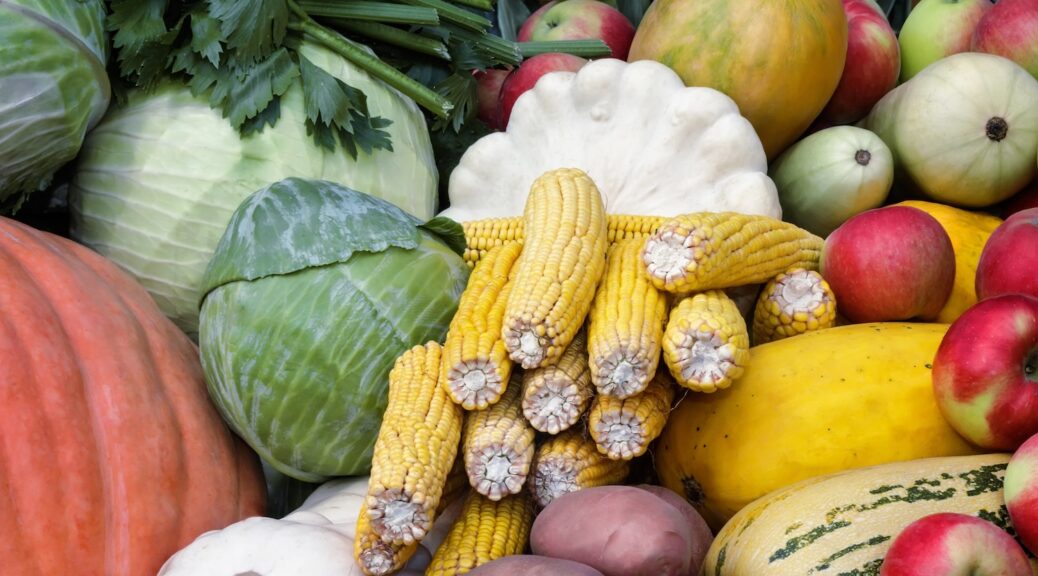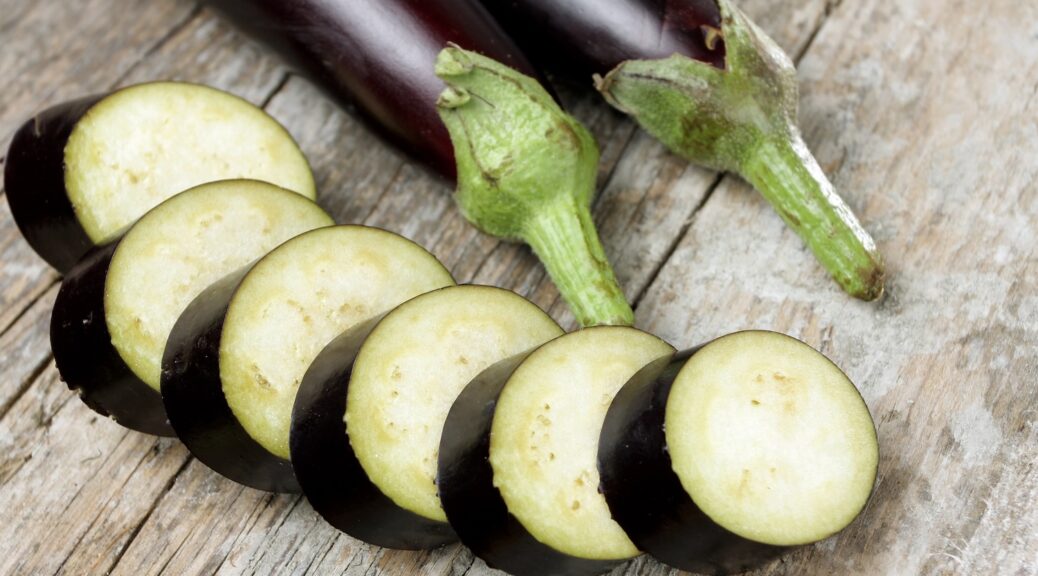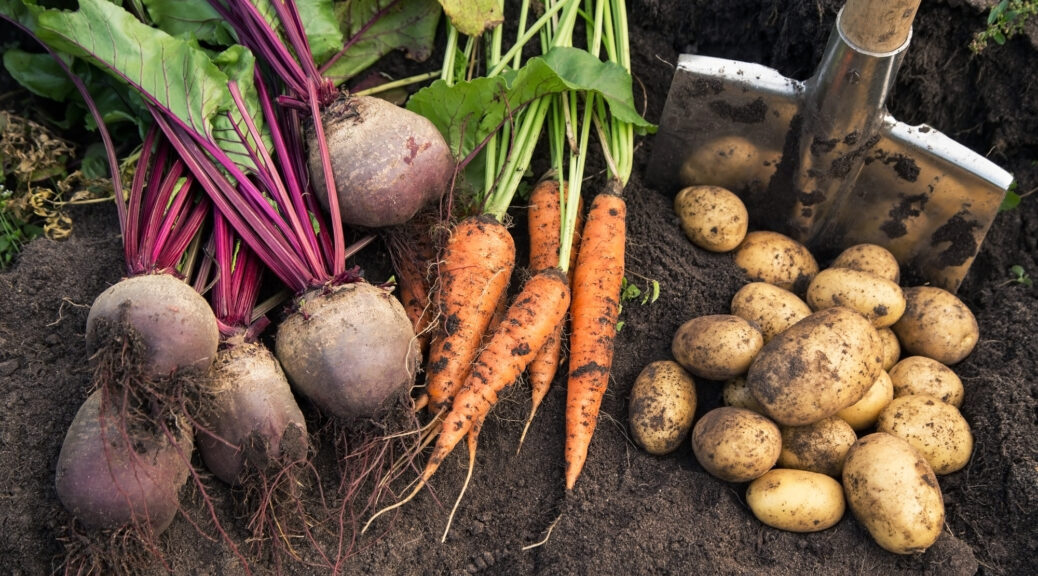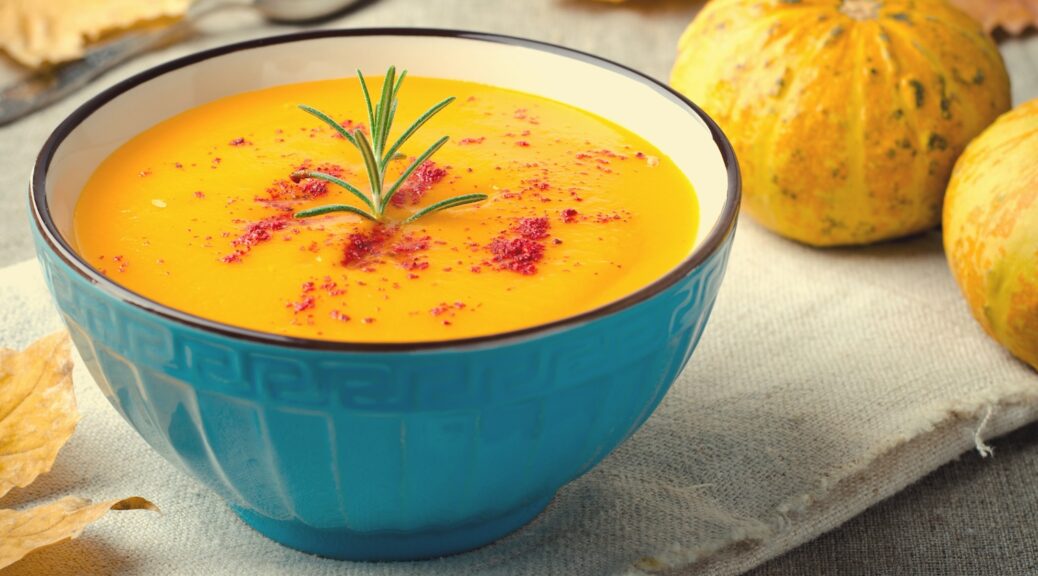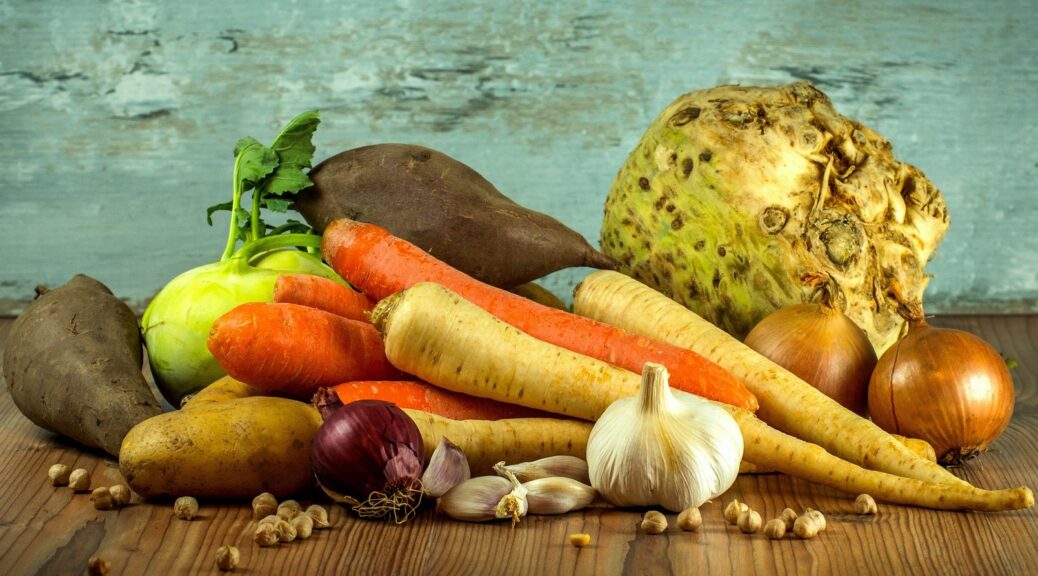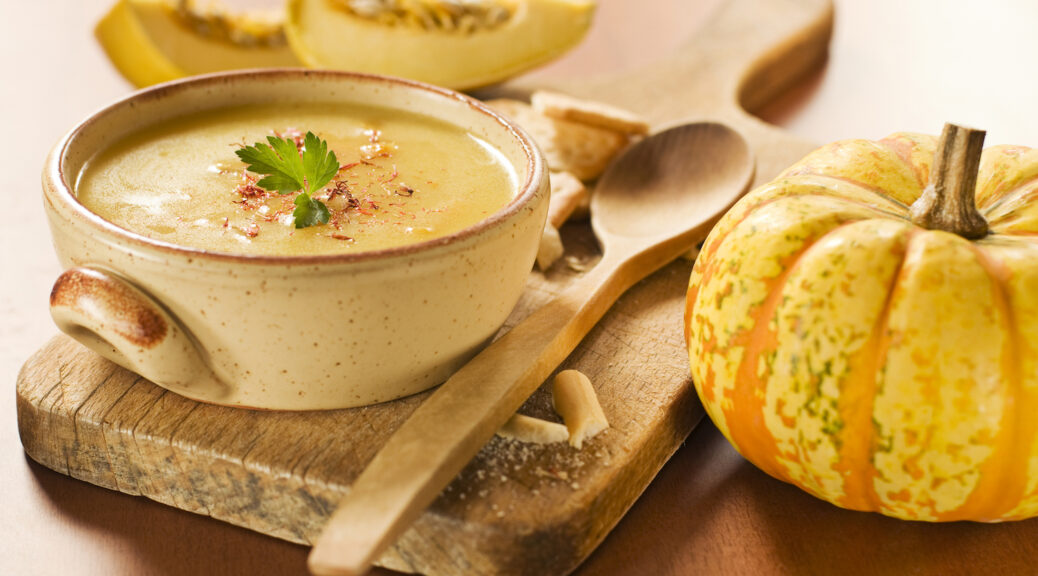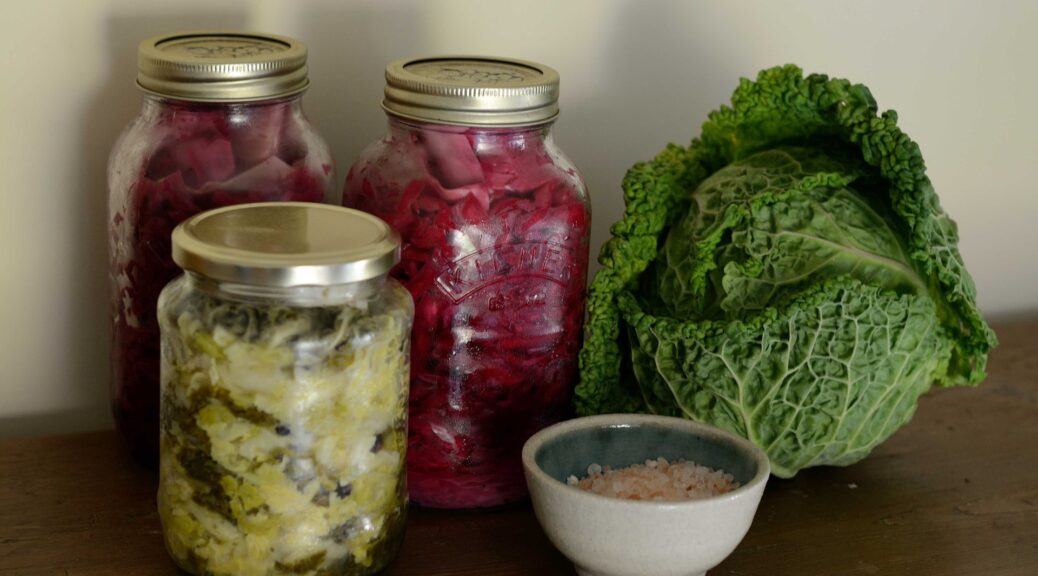Jerusalem Artichokes Were a Popular Vegetable
Have you ever tasted a Jerusalem artichoke? It is a root vegetable and sometimes called sunroot, sunchoke, or earth apple. It’s related to the sunflower and native to central North America. The name ‘Jerusalem’ is derived from the Italian word for sunflower, ‘girasole’. Jerusalem artichokes have very thin skins and bruise easily. This is why you won’t find them in grocery stores. I often go to Farmers Markets and have never seen any there, either. Maybe I haven’t have been in…
